The History of Makeup From the 20th Century to the 21st Century
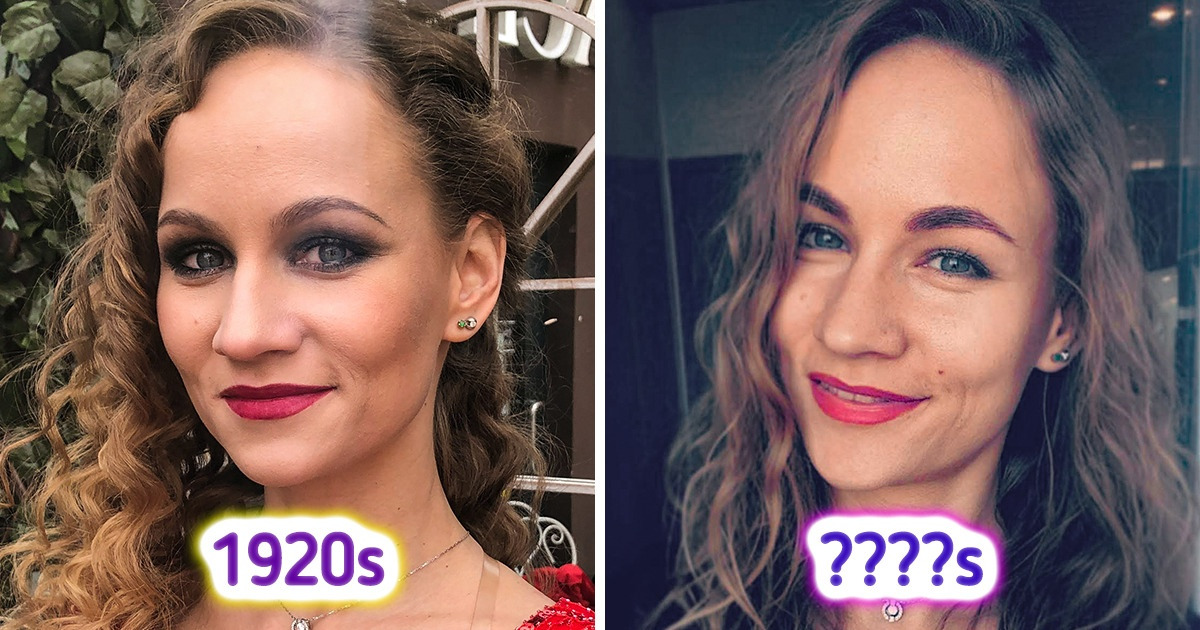
The history of cosmetics began about 7,000 years ago. But it would be quite hard to tell you about how makeup has changed over that many years.
5-Minute Crafts would like to tell you about how makeup styles have changed for the last 2 centuries.
Early to Mid-20th Century
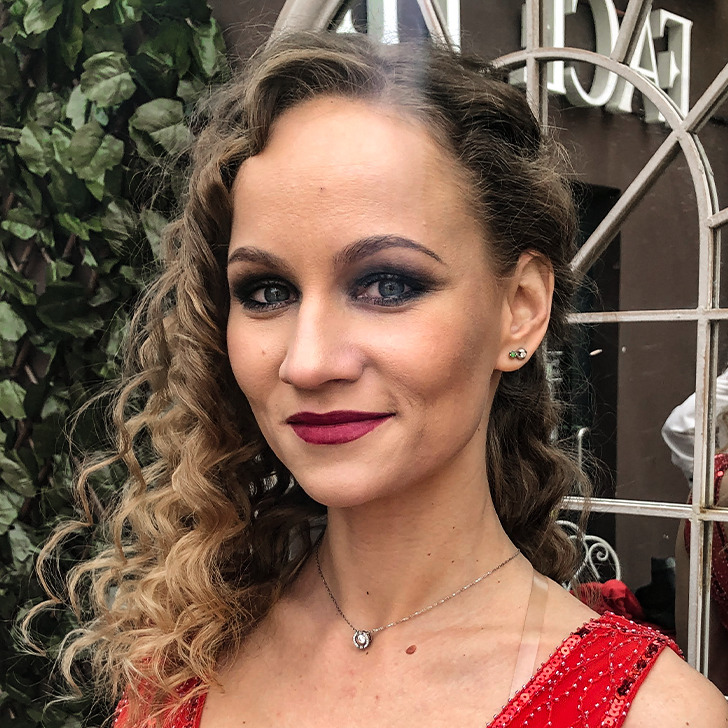
- 1900s. At the beginning of the decade, makeup was not very popular. It was mainly used by actresses in movies. Cosmetics were so unpopular that they could only be bought at theatrical costume stores. Women tried to make the skin on their faces and neck as white as possible. Fair skin was to suggest that a lady was from the upper class and was considered beautiful. Ladies used whitening creams, lemon juice, and talc, which helped to make the skin look matte. Another mark of real beauty was healthy plump cheeks which would be tinted with red flower petals. Lips, in those days, were also painted with petals, as a rule, roses, geraniums and poppies were used. The lips were colored a deep shade at the center, with the color fading gradually outward.
- 1920s. Eye shadows, lipstick, mascara, and pan-sticks became popular. A trendy look included dark eyes and bow lips. Particular attention was paid to the shape of the mouth. The youthful glow of pale skin was also popular, which was achieved with the help of creams, rouge papers, and various foundation liquids. Makeup became a source for the self-expression of feminine power and stopped being something vulgar. Movie stars plucked their eyebrows to make them very thin and emphasized them with a pencil, but this was not yet very common in everyday life.
- 1930s. Makeup became more natural. Pencil thin eyebrows became very popular. The first lip gloss was invented. Women made sure that their lipstick and nail polish colors matched, and also experimented with eyeshadow colors: dark shades gave way to light ones.
- 1940s. Up-do hairstyles, arched eyebrows and red lipstick became fashionable. Lipstick was applied along with a pencil to make the lips look bigger. Vaseline was used to add a little gloss to matte lipstick.
Mid- and late 20th century
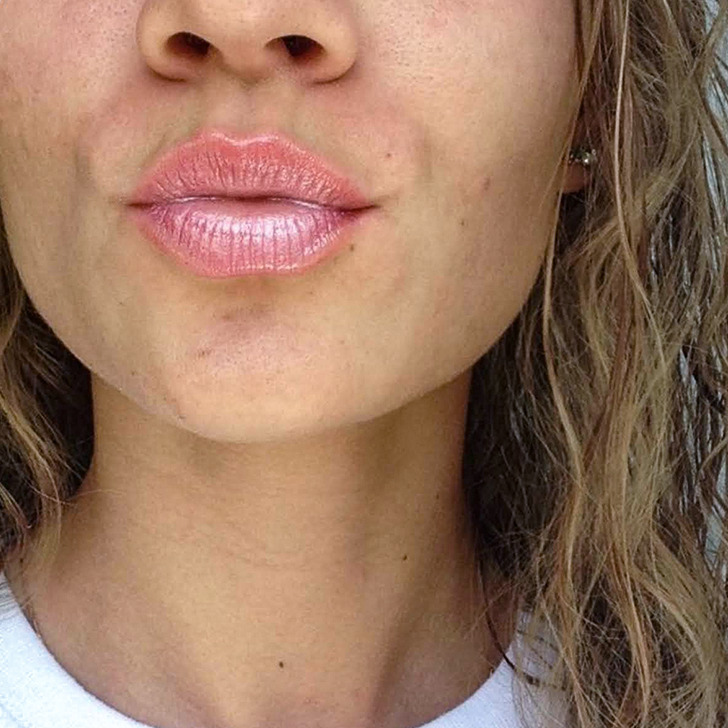
- 1950s. The rich red color of the lipstick gave way to pink, as well as purple-red and orange-red hues. Eye shadows in only one color were used and faded toward the eyebrow. The preference was given to mascara and eyeliner, which was used along the upper lash line and slightly beyond the eyes in a graceful line. The focus was shifted to the eyes. Thin eyebrows went out of fashion — they now had a more natural thickness (from medium to wide) and tapered in at the ends.
- 1960s. Eye shadows were supposed to match the color of the eyes (green and blue-green eye shadows — for green and brown eyes; blue eye shadows — for gray and blue eyes; gray, beige, and brown eye shadows — for gray and brown eyes). The eye makeup with a distinctive black eyeshadow line in the socket crease became fashionable. It’s interesting that it wasn’t blended. White or pastel hues were applied to the eyelid. Lighter shades were used under the eyebrow. False eyelashes were very trendy, while the red color of lipstick became fashionable again, pink, brown, coral, pastel, and beige shades were also popular.
- 1970s. A natural complexion was trendy, bronzer was used to create a gentle sun-kissed look, and prominent blusher became fashionable. Popular eye shadow colors were green, blue, and purple, while white or silver eye shadows were applied under the eyebrows. A pearlescent or iridescent sheen was highly fashionable. The darker eye crease, so definite in the 1960s, was now blended to create a soft depth with an almond shape. The makeup of this period was soft and shimmery. Lipstick in different shades was popular, and lip gloss was also very fashionable.
- 1980s. Bold eyes and blush, meant to accentuate the cheekbones, were in fashion. The brighter the eyeshadow and the heavier the blush, the better you looked. The most popular color of eyeshadow and eyeliner was blue which could be combined with other bright shades. The eye makeup was really intense. An important feature of this period was a mole on the face, usually drawn on with eyeliner.
Late 20th century to early 21st century
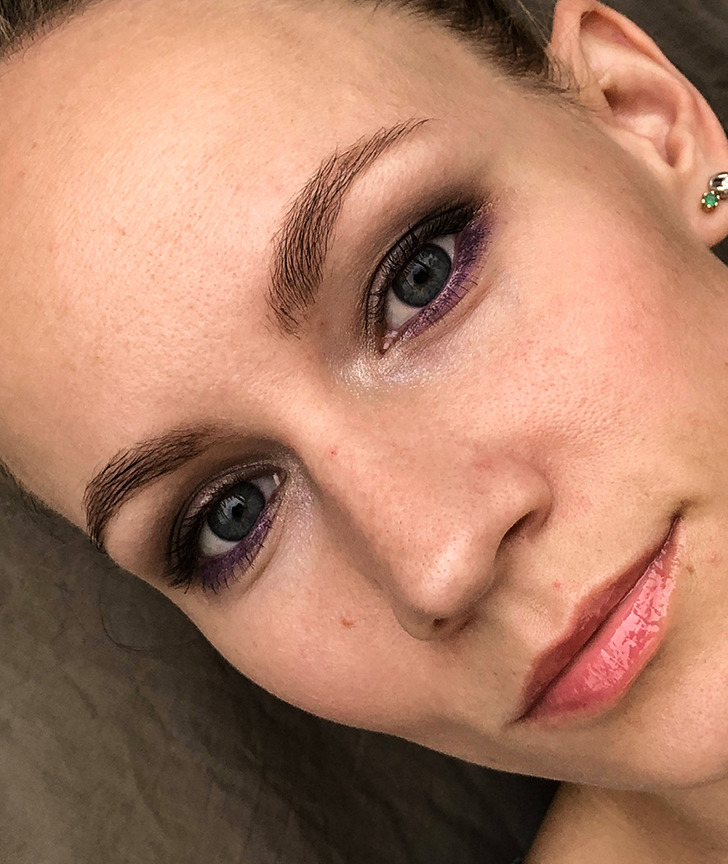
- 1990s. At the beginning of this decade, the minimal look became popular: red lipstick combined with neutral eye makeup, sometimes with eyeliner. During the second half of the decade, matte textures and neutral shades became a thing of the past, while there were glossy lips to be found combined with colorful eye shadows.
- 2000s. Frosty lips, white eye shadow, and a smokey eye became fashionable. In the late 2000s, matte lipstick was replaced with lip gloss.
- 2020s. This period is associated with many experiments. Monochromatic makeup (the trend of wearing one hue on your eyes, face, and lips) and pastel eye shadows became fashionable, but bright colors are also used. On lips, the focus is made on the shape rather than color. They are painted in order to look plumper. The trends of the 1990s have returned. There are different experiments with eyeliner which can be triple, white, or neon. At the same time, strongly sculpted eyebrows gave way to more natural, carefree eyebrows.
The first cosmetics of the 20th century
The first mass-produced mascara was invented in the early 20th century. Thomas Lyle Williams, inspired by his older sister Mabel who applied Vaseline with coal dust to her eyelashes, developed the Lash-Brow-Ine mascara. Later, he renamed this cosmetic product in her honor — Maybelline. In 1914, Williams founded the company known to this day as Maybelline New York.
In the same century, another cosmetic company began to develop — Max Factor. Initially, its founder Maksymilian Faktorowicz made wigs which he later began to sell, along with stage makeup, to the movie industry. However, stage makeup wasn’t suitable for movies because it had to be applied in a very thick layer, and it looked bad on screen. By 1914, Maximilian had perfected his first cosmetic product becoming the authority on cosmetics in film-making. As a result, almost all of the big stars of those years were clients of Max Factor.
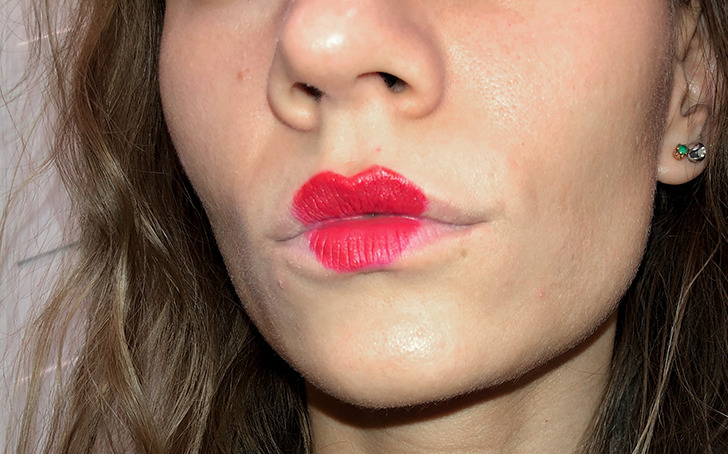
In 1918, he developed his own line of powder and created “Pierrot lips” in the shape of a heart. He created individual shades for famous actresses. 2 years later, Max Factor agreed to refer to his products as “make-up,” although earlier this term had been considered vulgar. He also remained the largest retailer of theatrical stick greasepaint. In 1922, he focused on his own products, and soon Max Factor became the leading cosmetics brand, becoming known outside of the film community, which certainly empowered women in the art of makeup. Later, Max Factor and his followers in the company created:
- the first lip gloss (1930)
- Liquid Nail Enamel, a forerunner of today’s nail polishes (1934)
- “Tru-Color” lipstick, the first smear-proof lipstick (1940)
- the first waterproof makeup (1971)
- the first 12-hour long-lasting non-transfer lip color (2000).